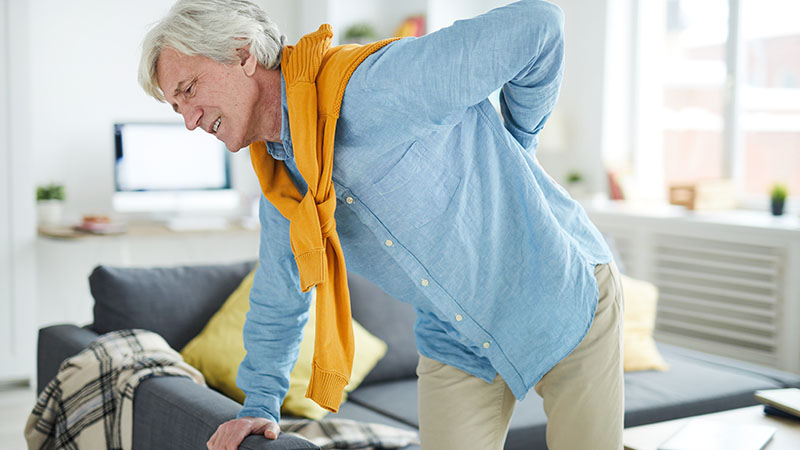A shift in the vertebral column through the other vertebra, either forward or backward is called Curvature of the Spine. The most important reason for this is congenital. In other words, there are some deficiencies in the structures that hold the vertebrae and this leads to the problem of curvature of the spine in the future. Other causes are aging due to trauma and senile. The most important criterion in the treatment of curvature of the spine is whether or not the curvature is active. If it is inactive, it can be treated with non-surgical methods, and if it is active, the treatment method must be surgery.
Reasons of the Curvature of the Spine
There are 3 important reasons for the pathogenesis of curvature of the spin:
- Congenital causes,
- Traumas,
- Senile,
In congenital conditions, the deficiency or weakness in the structures that hold the vertebrae together causes the curvature of the spine to slide forward or backward. While they do not give any symptoms in infancy and childhood, they may present as back pain during periods of rapid spinal pathogenesis
Traumas are the second reason for the loss of curvature of the spine. Severe traumas such as traffic accidents and falling from height can change the location of the vertebrae. This is usually accompanied by bone fractures and its treatment is usually surgery.
The third reason of the curvature of the spine is aging due to trauma and senile.
Symptoms of the Curvature of the Spine
Signs of the curvature of the spine are similar to lumbar hernia. Therefore, it can be misdiagnosed when predictions are made based on complaints. Low back pain, pain in legs and weakness are common complaints. However, the most important difference that distinguishes curvature of the spine from lumbar hernia is walking difficulty. Patients of the curvature of the spine needs to rest after walking a certain distance. All symptoms are as follows:
- The most important symptom is the difficulty of walking the road. The patient needs to rest after a certain distance.
- Pain in the leg. (It can be experienced on both legs.)
- Back pain.
- The difficulty of walking and after walking for a while the desire to rest. (The most important symptom.)
- Loss of power in the legs.
- Urinary incontinence in the advanced stages.
- Impotence in men in advanced stage.
Treatment of the Curvature of the Spine
The treatment method is determined after the curvature of the spine is inconstant or constant and the treatment method is determined after seeing how much is degree. Inconstant one is treated with surgery. Drug, weight loss, exercise, prolotheraphy and support from physical therapy applications are some of the non-surgical methods.
Screw is placed in the curvature of the spine surgery. Only the number of screws varies according to the degree of slip. Therefore, curvature of the spine surgery is also called screwing surgery. The aim of the surgery is to eliminate abnormal mobility. There may also be hernia and stenosis. In the same session all of these should be treated. Surgery can be performed without anesthesia or general anesthesia. Microsurgical method is used. This method does not open the large incision. By entering a small incision, a microscope operation is performed. The healing process of the patient is significantly shortened and comfortable. Screws do not affect the patient’s life in any way, they do not even notice the existence.
 EN
EN TR
TR AR
AR RU
RU